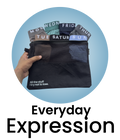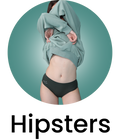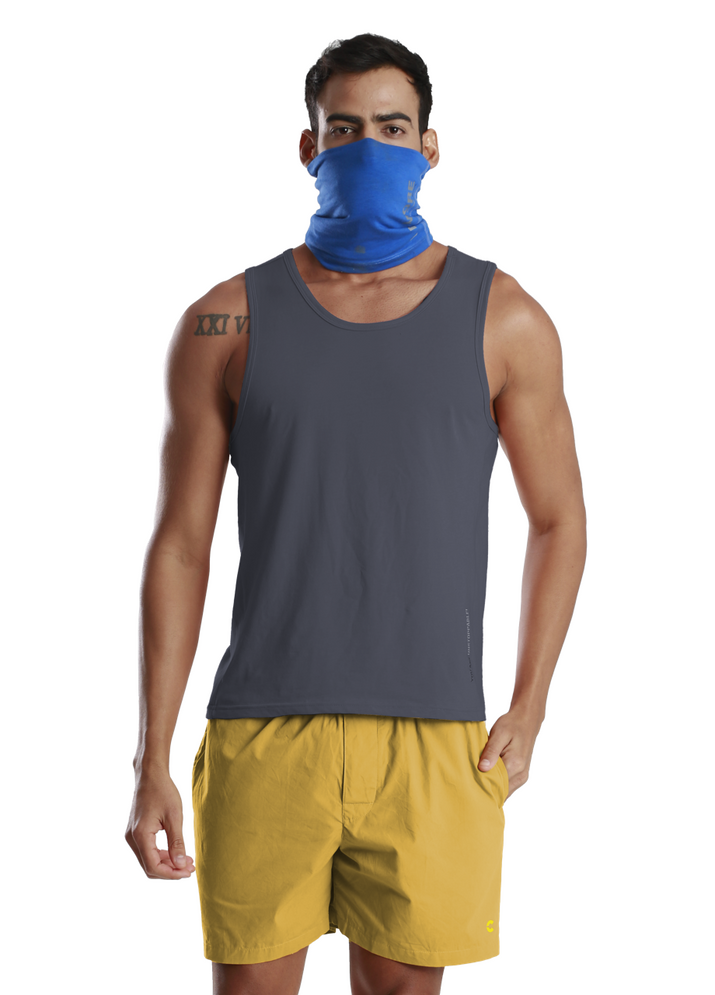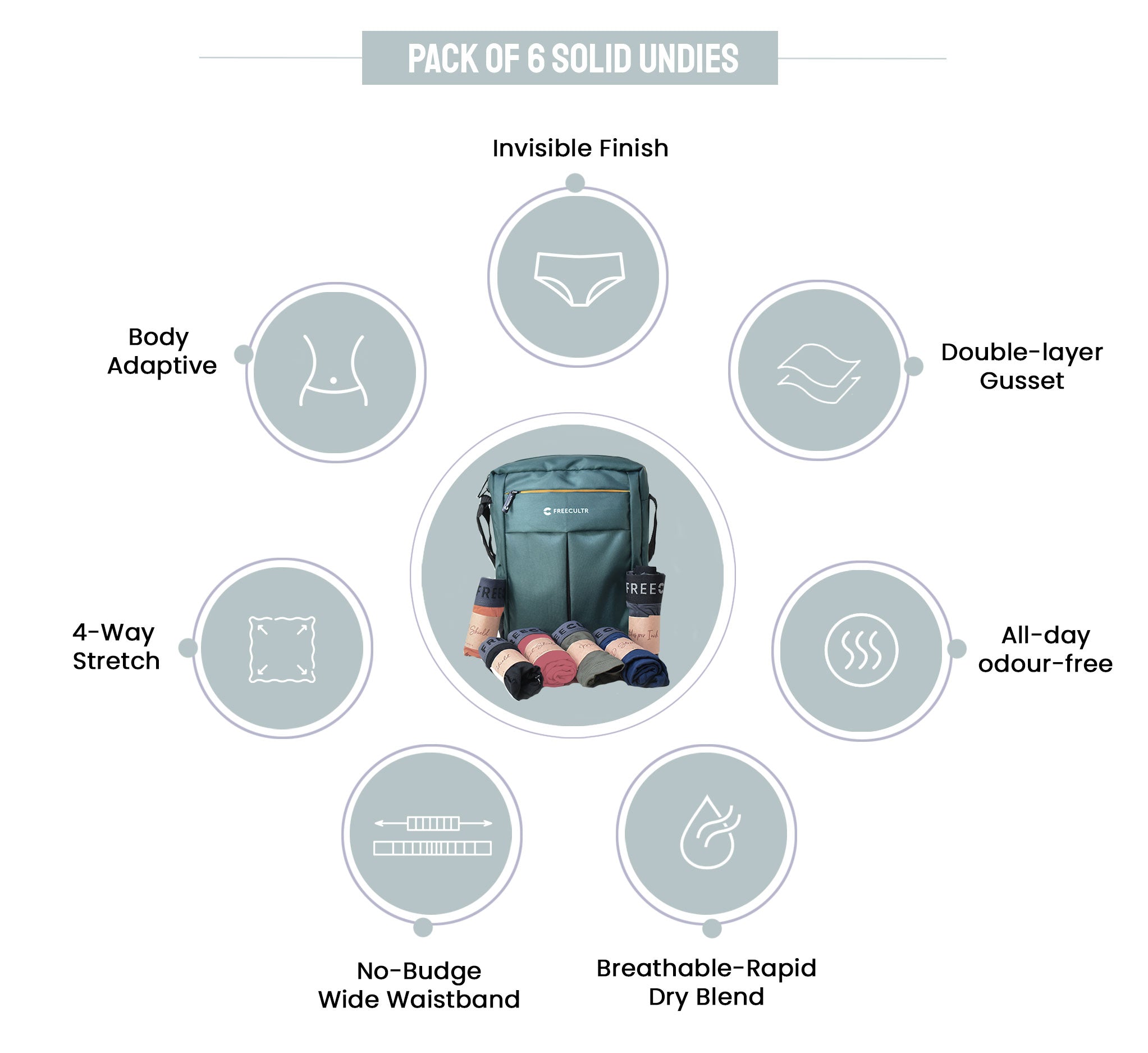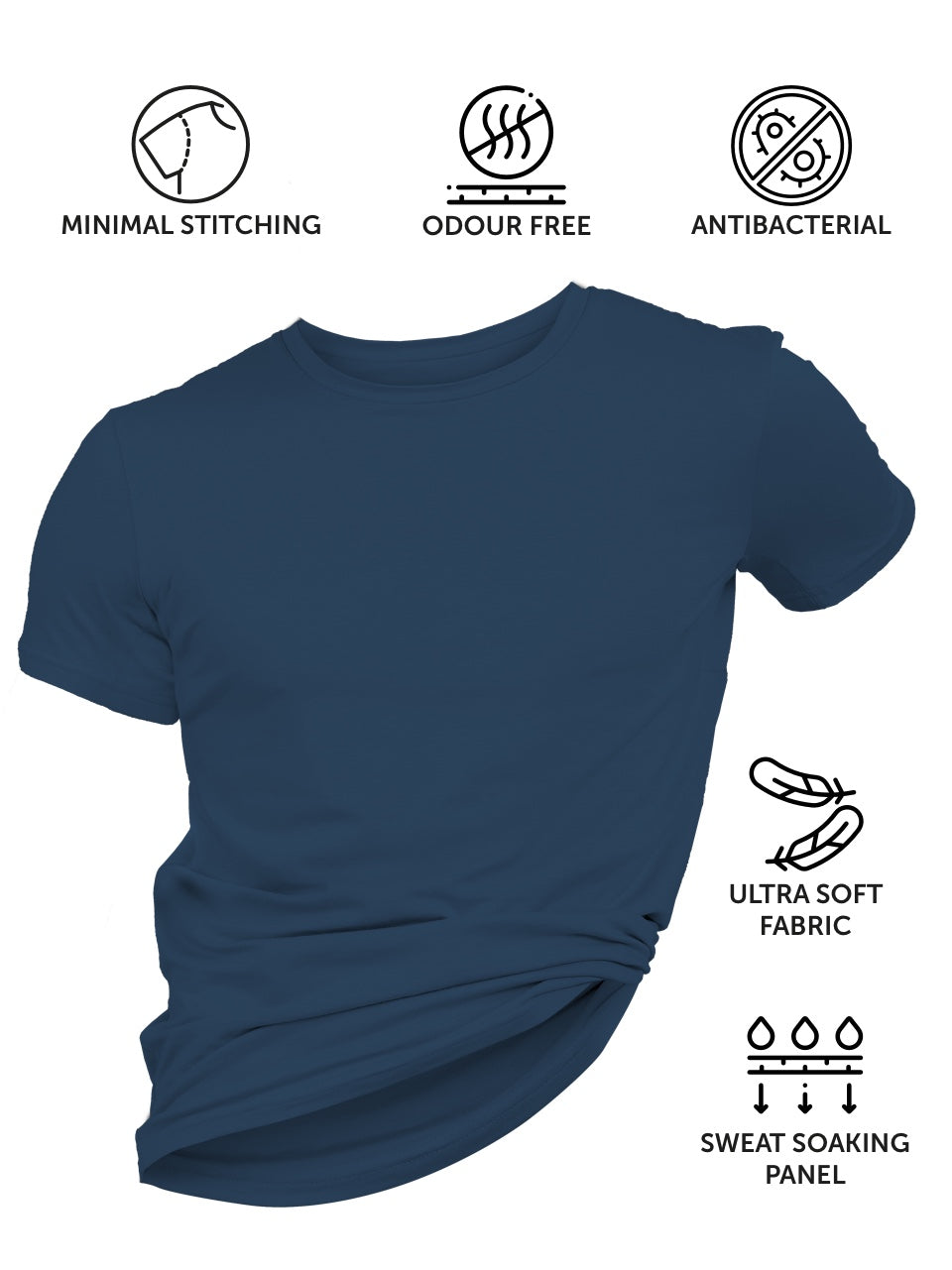The age-old gym debate: cotton comfort versus performance fabrics. We're diving into the ultimate workout wear showdown: the classic t-shirt versus the increasingly popular active vest. Beyond simple preference, factors like moisture management, freedom of movement. Even perceived exertion play a crucial role. Recent advancements in textile technology have blurred the lines, with performance-enhanced t-shirts emerging and vests incorporating innovative cooling systems. This comparison analyses breathability, fit, layering potential. Overall impact on workout efficiency, empowering you to make an informed choice for your next sweat session and optimize your fitness journey.

Understanding the Basics: T-Shirts and Active Vests
Before diving into a head-to-head comparison, it's crucial to grasp what we mean by "T-shirts" and "Active Vests" in the context of workout apparel.
T-Shirts: In this scenario, we're primarily talking about workout-specific T-shirts. These are typically made from synthetic materials like polyester, nylon, or blends that prioritize moisture-wicking and breathability over traditional cotton tees. While cotton can be comfortable for low-intensity activities, it tends to absorb sweat and become heavy and uncomfortable during more strenuous workouts.
Active Vests: Active vests, also known as performance vests, are sleeveless garments designed specifically for athletic activities. They often share the same moisture-wicking and breathable properties as performance T-shirts but offer greater freedom of movement for the arms and shoulders. They can also be designed with features like reflective elements for outdoor visibility or compression for muscle support.
Material Matters: Fabric Technology and Performance
The fabric used in both T-shirts and active vests plays a significant role in determining their suitability for different workout types. Here's a closer look at common materials and their properties:
- Polyester: A synthetic fabric known for its excellent moisture-wicking capabilities and durability. It's also relatively inexpensive, making it a popular choice for workout apparel.
- Nylon: Another synthetic fabric that's strong, lightweight. Resistant to abrasion. It offers good moisture-wicking properties, though typically not as effective as polyester.
- Merino Wool: A natural fiber that's surprisingly effective for workout apparel. It's breathable, moisture-wicking. Odor-resistant, making it a good option for longer workouts or multi-day activities. But, it can be more expensive than synthetic options.
- Blends: Many workout garments combine different fibers to maximize their benefits. For example, a polyester-spandex blend can offer moisture-wicking, stretch. A comfortable fit.
When choosing between a T-shirt and an active vest, consider the fabric's ability to manage sweat, breathe. Provide the necessary level of comfort and support for your chosen activity.
Freedom of Movement: Range of Motion and Workout Type
One of the key differences between T-shirts and active vests is the range of motion they offer. T-shirts provide more coverage but can restrict movement in the arms and shoulders, particularly during activities that require a full range of motion.
Active vests, on the other hand, offer unrestricted movement, making them ideal for activities like:
- Weightlifting: The sleeveless design allows for a full range of motion during exercises like bench presses, overhead presses. Rows.
- CrossFit: The dynamic movements involved in CrossFit require clothing that won't hinder performance. Active vests provide the necessary freedom of movement for exercises like pull-ups, burpees. Thrusters.
- Running: While some runners prefer the coverage of a T-shirt, others find active vests more comfortable, especially in warm weather. The sleeveless design can help to regulate body temperature and prevent overheating.
- Yoga and Pilates: The unrestricted movement of active vests allows for a full range of motion during poses and stretches.
T-shirts may be a better choice for activities where coverage is more crucial than freedom of movement, such as:
- Hiking: T-shirts can provide protection from the sun and insects.
- Team Sports: Some team sports require players to wear T-shirts for identification purposes.
- Casual Workouts: For low-intensity workouts like walking or light cardio, a T-shirt may be perfectly adequate.
Climate Control: Breathability and Ventilation
Maintaining a comfortable body temperature is crucial for optimal performance during workouts. Both T-shirts and active vests can contribute to climate control. They do so in different ways.
T-Shirts: Performance T-shirts are designed to wick sweat away from the body and allow it to evaporate, helping to keep you cool and dry. Mesh panels or strategically placed vents can further enhance breathability.
Active Vests: The sleeveless design of active vests allows for maximum ventilation, promoting airflow and reducing the risk of overheating. This can be particularly beneficial in hot or humid conditions.
The choice between a T-shirt and an active vest will depend on your individual preferences and the climate in which you're working out. If you tend to overheat easily, an active vest may be the better option. If you prefer more coverage or are working out in cooler conditions, a T-shirt may be more suitable.
Style and Personal Preference
Ultimately, the choice between a T-shirt and an active vest often comes down to personal preference. Some people simply prefer the look and feel of one over the other.
T-Shirts: Offer a more traditional and versatile look. They can be easily paired with shorts, leggings, or joggers for a variety of workout activities. They also provide more coverage, which some people may find more comfortable or modest.
Active Vests: Offer a more athletic and streamlined look. They can be a great way to show off your physique and demonstrate your commitment to fitness. But, they may not be appropriate for all settings or activities. Consider how you feel most confident and comfortable when choosing workout apparel.
Consider exploring Truly Classic T-Shirts vs Comfort Vests: Which is Better for Summer? for additional insights
Real-World Applications and Use Cases
Let's consider some specific scenarios where the choice between a T-shirt and an active vest might be particularly relevant:
- Marathon Training: A marathon runner might choose an active vest for long training runs in hot weather to maximize ventilation and prevent overheating. They might also opt for a T-shirt with reflective elements for early morning or evening runs to enhance visibility.
- Gym Workouts: A weightlifter might prefer an active vest for its unrestricted range of motion during exercises like bench presses and overhead presses. They might also choose a T-shirt for exercises like squats or deadlifts to provide a bit more support and coverage.
- Group Fitness Classes: A participant in a high-intensity interval training (HIIT) class might choose an active vest to stay cool and comfortable during the workout. They might also opt for a T-shirt if they prefer more coverage or are self-conscious about their body.
- Outdoor Activities: A hiker might choose a T-shirt for its sun protection and insect repellent properties. They might also opt for an active vest if they're hiking in hot weather and prioritize ventilation.
These are just a few examples. The best choice will ultimately depend on your individual needs and preferences.
Durability and Maintenance: Ensuring Longevity
Regardless of whether you choose a T-shirt or an active vest, it's crucial to properly care for your workout apparel to ensure its longevity. Here are some tips for maintaining your gear:
- Wash your clothes inside out: This will help to protect the fabric from abrasion and fading.
- Use a mild detergent: Harsh detergents can damage the fibers of your workout clothes.
- Avoid using fabric softener: Fabric softener can reduce the moisture-wicking properties of synthetic fabrics.
- Hang your clothes to dry: Tumble drying can damage the fabric and cause shrinkage.
- Store your clothes properly: Avoid storing your workout clothes in a damp or humid environment, as this can lead to mold and mildew growth.
By following these tips, you can help to extend the life of your T-shirts and active vests and keep them looking and performing their best.
Conclusion
Ultimately, the choice between a t-shirt and an active vest hinges on your specific workout, the weather. Personal preference. Let's consider this the starting point of a journey, not a final answer. Think of it as tailoring your workout wardrobe to achieve peak performance and comfort. The Implementation Guide: Remember, t-shirts are your reliable all-rounders, perfect for general workouts and everyday wear. But, for high-intensity sessions or outdoor activities where breathability and storage are key, an active vest shines. Practical tip: invest in a high-quality, moisture-wicking vest with strategically placed pockets for your essentials. Action item: experiment with both options during different workouts this week and note how you feel. Truly Classic T-Shirts are a great addition to your exercise wardrobe. Success will be measured by your comfort, performance. How well your chosen apparel supports your fitness goals. Embrace the process of discovering what works best for you. Don't be afraid to adjust your gear as your fitness journey evolves.
FAQs
Okay, so T-shirt or active vest for working out? What's the real difference?
Good question! The main difference boils down to breathability and coverage. T-shirts, especially cotton ones, can trap sweat, making you feel damp and heavy. Active vests, usually made from synthetic fabrics, are designed to wick away moisture and keep you cooler. But, you might prefer the extra coverage a T-shirt offers depending on the workout and your comfort level.
I sweat a lot. Which one handles sweat better?
Definitely the active vest. Materials like polyester, nylon, or blends are your friend here. They actively pull sweat away from your skin and let it evaporate. Cotton T-shirts just soak it up, which can get pretty gross and lead to chafing.
What about the type of workout? Does that matter?
Absolutely! For high-intensity stuff like running or HIIT, an active vest is usually the way to go for max breathability. For lower-intensity workouts like yoga or weightlifting, a T-shirt might be perfectly fine, especially if it's a lightweight or breathable blend.
Will an active vest actually keep me cooler, or is that just marketing hype?
It's not just hype! The wicking properties really do help regulate your body temperature. When sweat evaporates, it cools you down. Active vests facilitate that process much better than a soggy T-shirt.
Are there any downsides to active vests?
Sure, a couple. Some people don't like the more revealing style of some vests, preferring the modesty of a T-shirt. Also, cheaper active vests might not be as effective or comfortable as higher-quality ones. You get what you pay for, to some extent.
So, what kind of T-shirt could work for workouts?
If you're set on a T-shirt, look for ones made from performance fabrics similar to those used in active vests – polyester, nylon blends, or even merino wool. Avoid 100% cotton for anything beyond a light walk. Also, consider a looser fit for better airflow.
Okay, last one. What about chafing? Which is less likely to cause it?
Chafing depends more on the fit and fabric than whether it's a T-shirt or vest. A tight, sweaty cotton T-shirt is a chafing disaster waiting to happen. A well-fitting active vest made from a smooth, moisture-wicking fabric is generally better. Make sure seams aren't rubbing you the wrong way. Anti-chafing balm is always a good backup plan!

